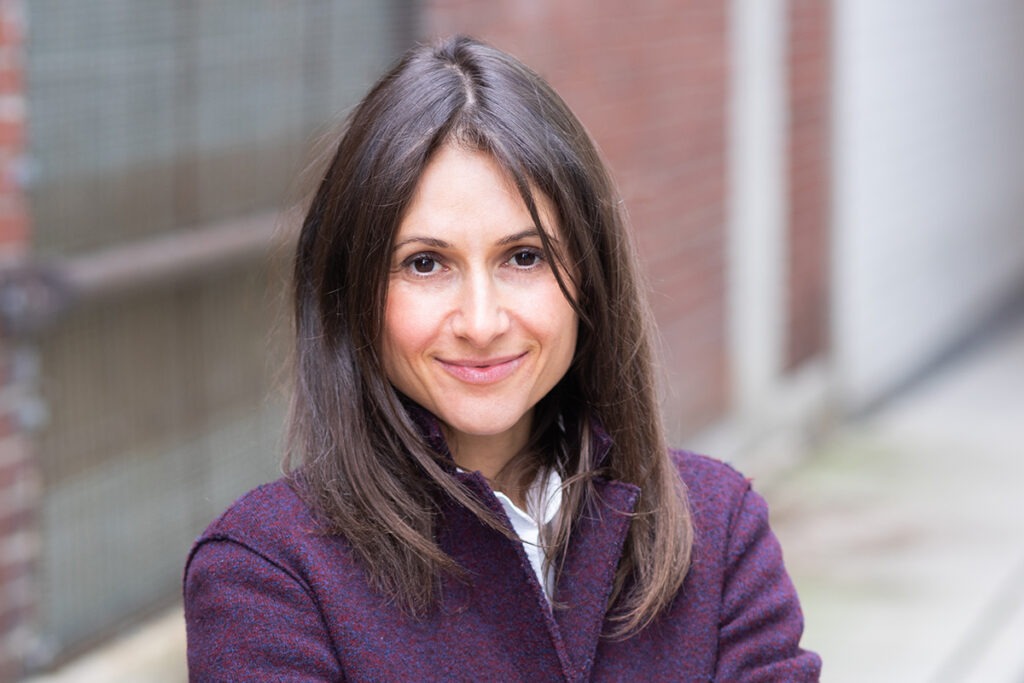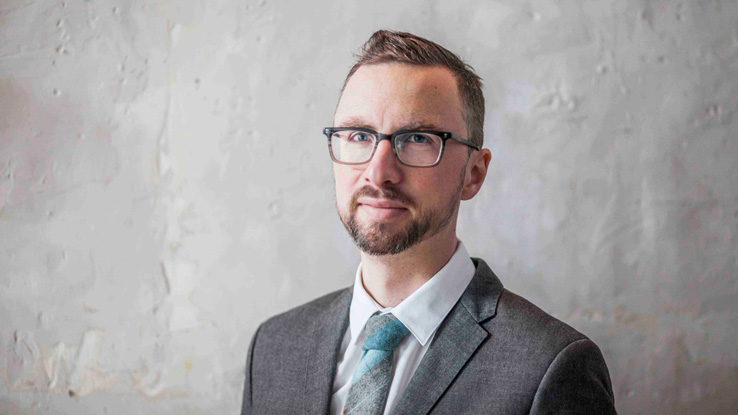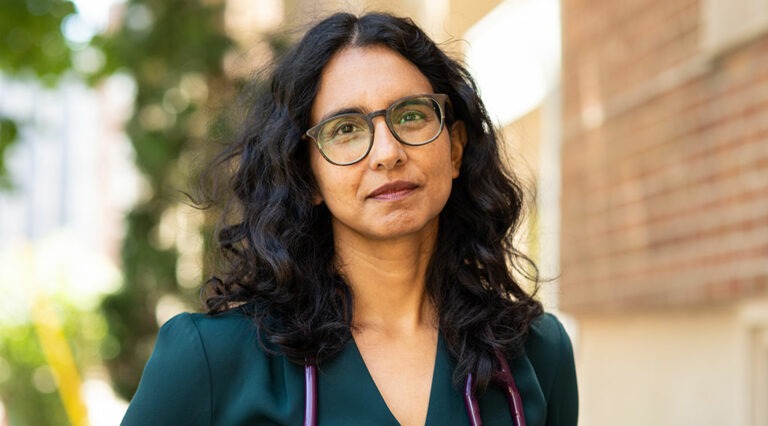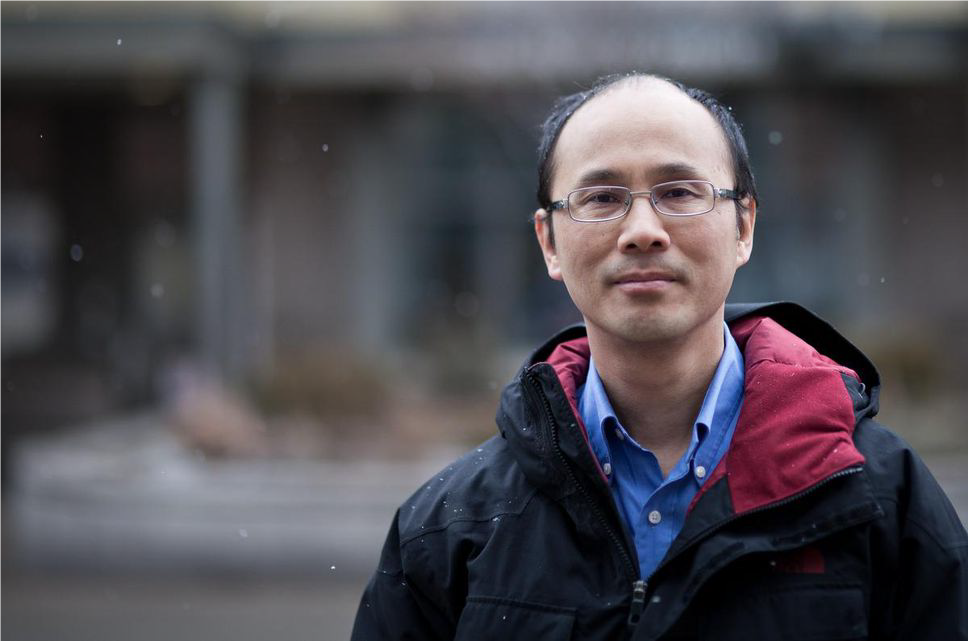By Sloane Freeman and Ripudaman Singh Minhas
When schools reopen in September, they will need to answer difficult questions in the face of ongoing challenges from COVID-19. And in doing so, they will also need to take into account that the pandemic affected school-aged children in different ways.
The duration of school closures varied across provinces and territories – Ontario, for instance, experienced the longest shutdown at 26 weeks. How will that varied length affect children in different areas? It is anticipated that Canadian students will return to school this fall with greater mental and physical health needs, as well as significant learning gaps – but children facing socioeconomic instability have been most affected. How will schools be equipped and resourced to support returning students’ additional needs? Similarly, will schools have the capacity to meet the learning needs of students who have fallen substantially behind?






